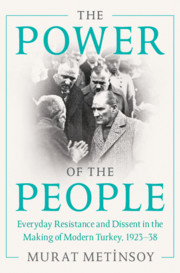This paper focuses on two exhibitions of architecture and town planning held by Britain in Turkey in the mid-1940s. The use of these exhibitions for propaganda purposes, as well as their reception in the highly politicized context of World War II, requires the study to emphasize the political as well as the professional perspective of the contemporary architectural context. Analyzing why and how these exhibitions were held, and what they displayed as representative of British architecture and town planning, the paper discusses the characteristics of the contemporary discourses and practices of the profession with reference to the national dynamics of each country and their position in the international scene at the dawn of a new era in world history. The aim is to question the relations of power that are conventionally taken to define discursive and practical hierarchies of binary constructs, such as national/international or traditional/modern. Examining the case of the British exhibitions in Turkey, the paper emphasizes instead the necessity of a comparative analysis to evaluate the architectural products in-between or beyond dichotomies as produced in discrete yet interconnected contexts.


